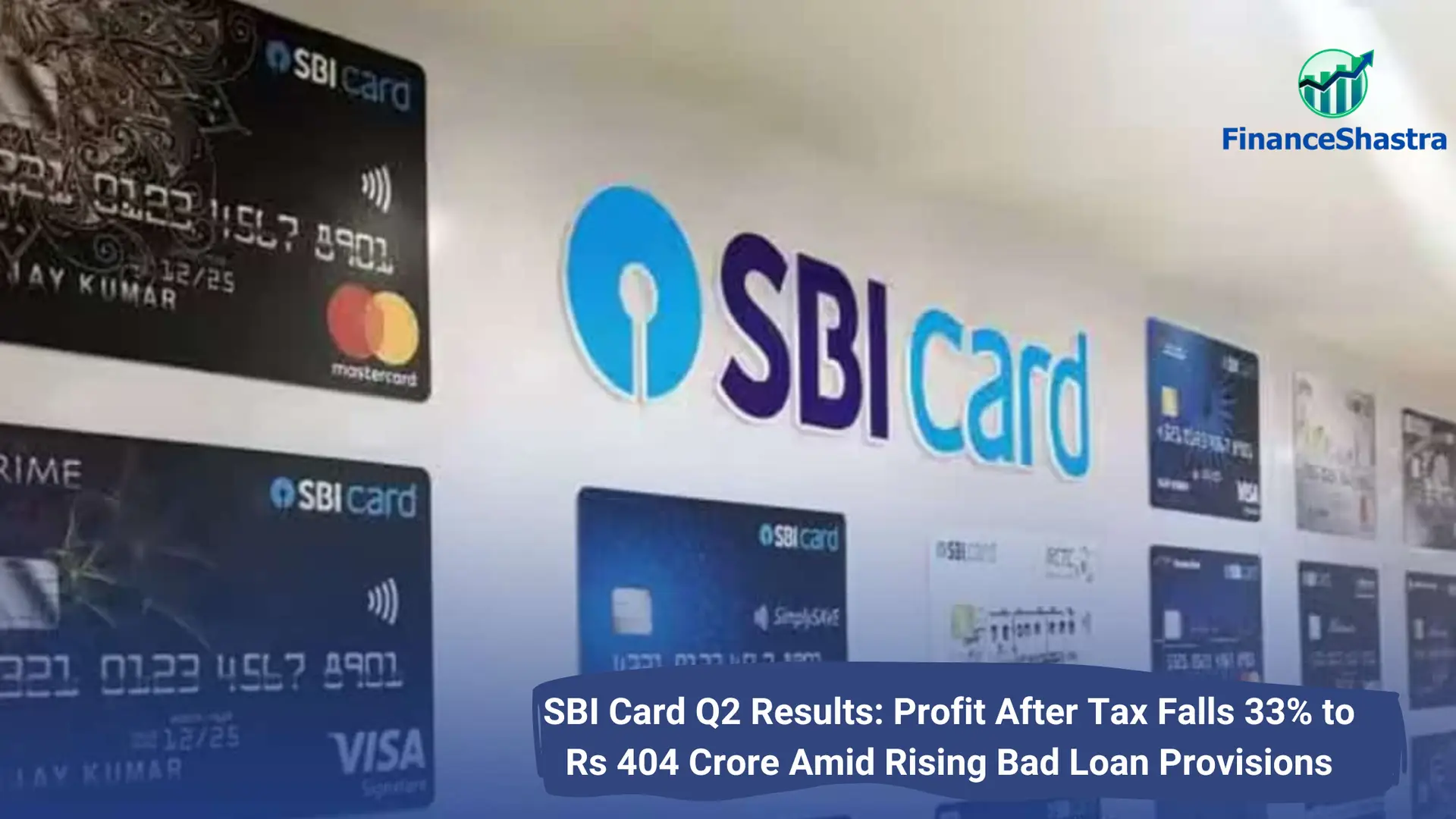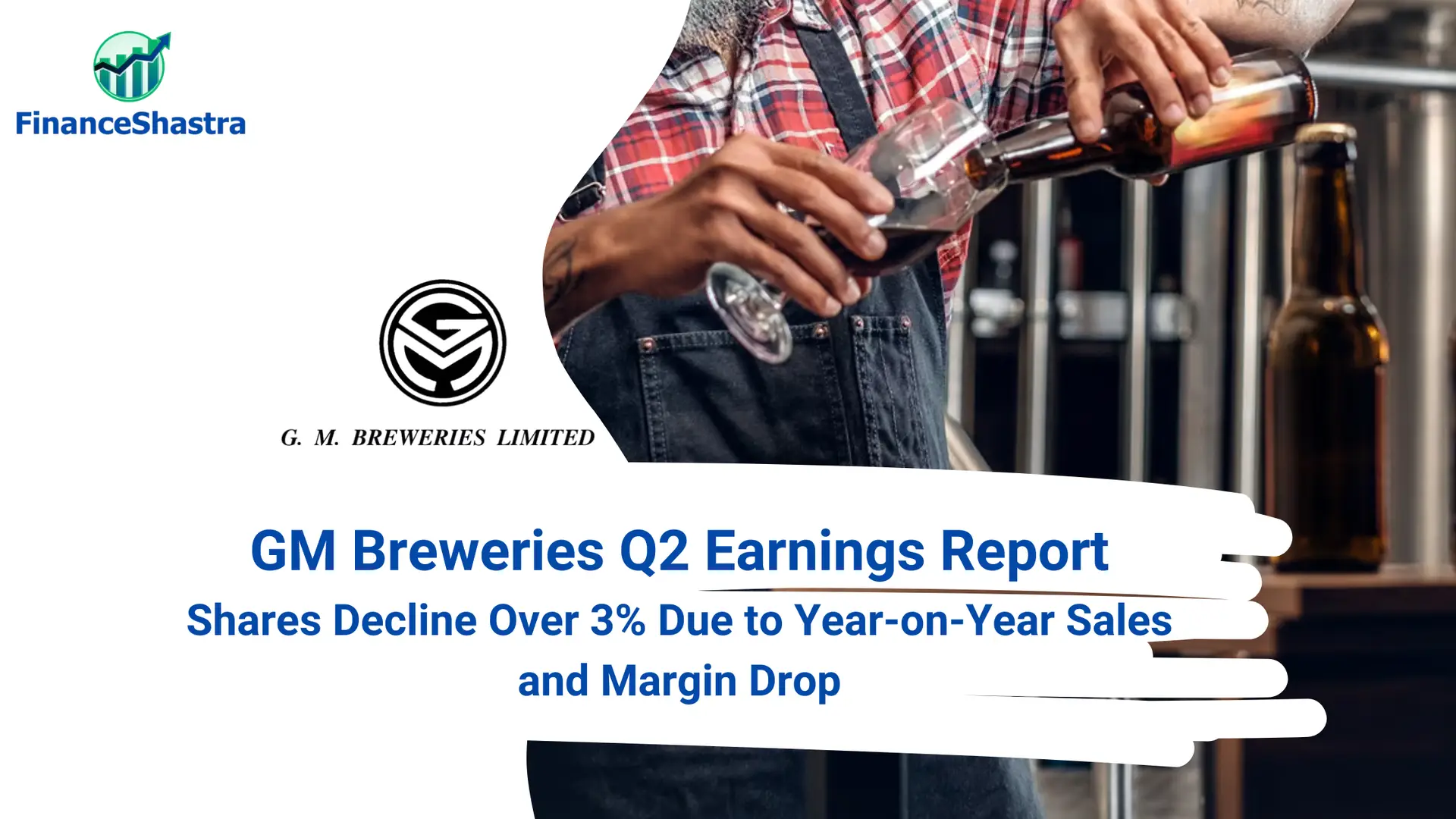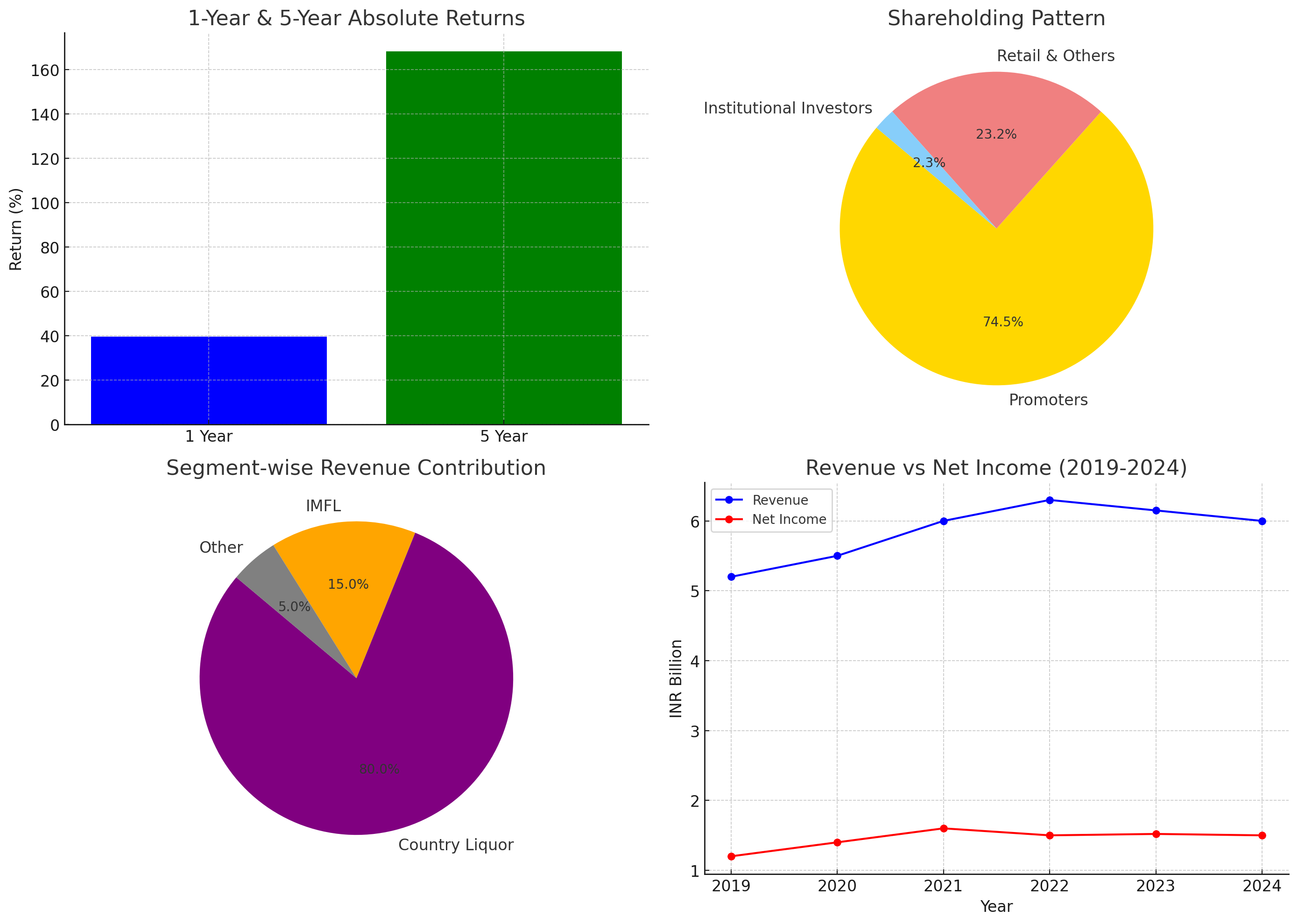SBI Card Q2 Results: Profit After Tax Falls 33% to Rs 404 Crore Amid Rising Bad Loan Provisions
Company Overview
Incorporated as a private limited company in New Delhi on May 15, 1998, SBI Cards and Payment Services Limited is a prominent subsidiary of the State Bank of India (SBI) and became a public limited company in August 2019. It specializes in issuing credit cards and functions as a corporate insurance agent, offering policies to cardholders. Currently, it is the second-largest credit card issuer in India, managing over 1.79 crore active credit cards. Since its inception, SBI Cards has leveraged SBI’s trusted brand to become a reliable provider of diverse credit card products, supporting cashless and digital transactions in India. The company’s growth has been notable, achieving higher-than-market expansion in terms of credit card numbers and spend. Between March 2017 and March 2019, its credit card spends grew at a CAGR of 54.2%, outpacing the overall industry’s growth. This success is attributed to India’s economic and demographic trends, such as rising incomes, increasing consumer demand, and e-commerce expansion.
With a robust customer acquisition network, SBI Cards utilizes over 32,000 outsourced sales personnel in 145 cities, operating through physical outlets and digital channels, including its website and mobile app. SBI Cards also benefits from SBI’s network, accessing its vast customer base via 21,961 branches, enhancing its reach. SBI Cards has established a robust position in India’s credit card market by diversifying its products, expanding partnerships, and leveraging SBI’s brand and network. The company’s forward momentum continues with its focus on digital expansion and innovative offerings tailored to India’s evolving consumer needs.
Incorporated as a private limited company in New Delhi on May 15, 1998, SBI Cards and Payment Services Limited is a prominent subsidiary of the State Bank of India (SBI) and became a public limited company in August 2019. It specializes in issuing credit cards and functions as a corporate insurance agent, offering policies to cardholders. Currently, it is the second-largest credit card issuer in India, managing over 1.79 crore active credit cards. Since its inception, SBI Cards has leveraged SBI’s trusted brand to become a reliable provider of diverse credit card products, supporting cashless and digital transactions in India. The company’s growth has been notable, achieving higher-than-market expansion in terms of credit card numbers and spend. Between March 2017 and March 2019, its credit card spends grew at a CAGR of 54.2%, outpacing the overall industry’s growth. This success is attributed to India’s economic and demographic trends, such as rising incomes, increasing consumer demand, and e-commerce expansion.
With a robust customer acquisition network, SBI Cards utilizes over 32,000 outsourced sales personnel in 145 cities, operating through physical outlets and digital channels, including its website and mobile app. SBI Cards also benefits from SBI’s network, accessing its vast customer base via 21,961 branches, enhancing its reach. SBI Cards has established a robust position in India’s credit card market by diversifying its products, expanding partnerships, and leveraging SBI’s brand and network. The company’s forward momentum continues with its focus on digital expansion and innovative offerings tailored to India’s evolving consumer needs.
Industry Outlook
India’s credit card industry is experiencing rapid growth, driven by digital adoption, increased consumer spending, and favourable economic conditions. The value of credit card transactions is expected to reach INR 51.72 trillion by FY 2027, growing at a CAGR of 39.22% since FY 2022, while transaction volumes are anticipated to grow at a CAGR of 26.43%. This growth aligns with a broader shift toward cashless payments, supported by rising incomes, urbanization, and the integration of digital financial services.
Technological advancements like fintech innovations, co-branded cards, and improved digital infrastructure—particularly Unified Payments Interface (UPI) and contactless payment technology—are further encouraging credit card adoption. Although digital wallets and UPI present strong competition, credit cards maintain a unique advantage with benefits such as reward programs and EMI options, appealing to consumers seeking flexible credit.
SBI Cards is well-positioned to capitalize on these trends, focusing on expanding its RuPay network for UPI-linked credit transactions, which now make up approximately 10% of its card portfolio. Additionally, it is leveraging partnerships, launching new products, and utilizing a broad customer acquisition network across digital and physical channels. This approach aligns SBI Cards with shifting demographics and rising demand for credit services, solidifying its position in the expanding credit card market.
Business Segments
SBI Cards and Payment Services operates primarily in two business
Segments.
• Credit Card Issuance: The core of SBI Cards’ business involves issuing credit cards tailored to a diverse customer base, from first-time users to premium customers. This segment offers value-added products ranging from lifestyle and cashback cards to co-branded options with partners across industries like travel, fuel, and retail. The company continues to expand its digital footprint and strengthen partnerships with networks such as RuPay for UPI credit transactions, aiming to adapt to the evolving digital payment landscape.
• Corporate Insurance Agency Services: SBI Cards also serves as a corporate insurance agent, providing policies to cardholders. Although a smaller segment compared to credit card services, it offers a complementary revenue stream by cross-selling insurance products, such as health and accident coverage, tailored to cardholders’ needs.
• These segments allow SBI Cards to capture a broader customer base through a mix of financial and insurance services, supporting its growth strategy in India’s expanding credit market
Key Subsidiaries and Their Information
SBI Cards and Payment Services Limited, a subsidiary of the State Bank of India (SBI), specializes in credit card services across India, serving both individual and corporate clients. Benefiting from SBI’s broad network and strong brand presence, SBI Cards has access to a large customer base, allowing it to deliver customized credit card solutions for a range of needs.
For individual users, SBI Cards offers a variety of retail credit cards, including co-branded cards in partnership with brands like IRCTC and Tata. These co-branded options provide customers with targeted rewards, such as travel benefits and retail discounts, which appeal to various spending preferences.
In the corporate segment, SBI Cards supports businesses with business credit cards designed to manage expenses efficiently. These corporate cards come with features such as customizable credit limits, travel perks, and expense tracking tools, making them highly suitable for companies with frequent business-related spending.
Q2 FY25 Highlights
- Total Revenue increased by 8% year-over-year to ₹4,556 crore from ₹4,221 crore in Q2 FY24, indicating a stable expansion in revenue streams, possibly due to higher transaction volumes and credit card adoption.
- Profit After Tax (PAT) declined sharply, falling to ₹404 crore from ₹603 crore in Q2 FY24, suggesting higher operational or credit-related costs.
- Return on Average Assets (ROAA) decreased to 2.7% from 4.9% in the previous year, while Return on Average Equity (ROAE) dropped to 12.5% from 22.3%, pointing to reduced profitability and efficiency in asset and equity returns.
- Capital Adequacy Ratio (CAR) remains robust at 22.1%, with Tier 1 at 16.3%, ensuring compliance with regulatory standards and providing a cushion for credit risk.
- Cards-in-Force saw a 10% YoY growth, reaching 1.96 crore as of Q2 FY25 compared to 1.79 crore in Q2 FY24, indicating successful customer acquisition and retention.
- Market Share for Cards-in-Force stands at 18.5% (down from 19.2%) and for spending at 15.7% (down from 18.0%), yet SBI Cards holds its position as 2nd in Cards-in-Force and 3rd in spending across the industry.
- Credit Card Receivables grew by 23% YoY to ₹55,601 crore in Q2 FY25 from ₹45,078 crore in Q2 FY24, indicating increased credit usage or delayed repayments.
- Customer Spending rose by 3% YoY, reaching ₹81,893 crore versus ₹79,164 crore in the previous year, showing stable customer spending despite modest growth influenced by economic conditions.
Financial Summary
| INR in Cr. | Q2FY25 | Q1FY25 | Q2FY24 | Q-o-Q(%) | Y-o-Y(%) |
| Interest Income | 2,290 | 2,243 | 1,902 | 2.10% | 20.40% |
| Non-Interest Income (Fees, Commission Income & Others) | 2,131 | 2,115 | 2,186 | 0.76% | -2.52% |
| Total Revenue from Operations | 4,421 | 4,359 | 4,087 | 1.42% | 8.17% |
| Total Other Income | 135 | 124 | 134 | 8.87% | 0.75% |
| Total Income | 4,556 | 4,483 | 4,221 | 1.63% | 7.94% |
| Finance Costs | 788 | 767 | 605 | 2.74% | 30.25% |
| Operating Costs | 2,011 | 1,816 | 2,066 | 10.74% | -2.66% |
| Earnings before credit costs | 1,757 | 1,900 | 1,551 | -7.53% | 13.28% |
| Impairment Losses & Bad Debts | 1,212 | 1,101 | 742 | 10.08% | 63.34% |
| Profit Before Tax | 545 | 799 | 809 | -31.79% | -32.63% |
| Profit After Tax | 404 | 594 | 603 | -31.99% | -33.00% |
| EPS(Diluted) | 4.25 | 6.25 | 6.35 | -32.00% | -33.07% |
SWOT Analysis
Strengths:
- Strong brand recognition
- Wide range of product offerings
- Significant market share
- Extensive digital and physical presence
Weaknesses:
- Reliance on SBI’s network
- Focus primarily on urban markets
- High operating expenses
- Limited international presence
Opportunities:
- Expanding digital economy
- Potential for product and service innovation
- Increasing consumer spending
- Opportunities for partnerships and alliances
Threats:
- Regulatory hurdles
- Cybersecurity vulnerabilities
- Credit risk exposure
- Economic downturns



